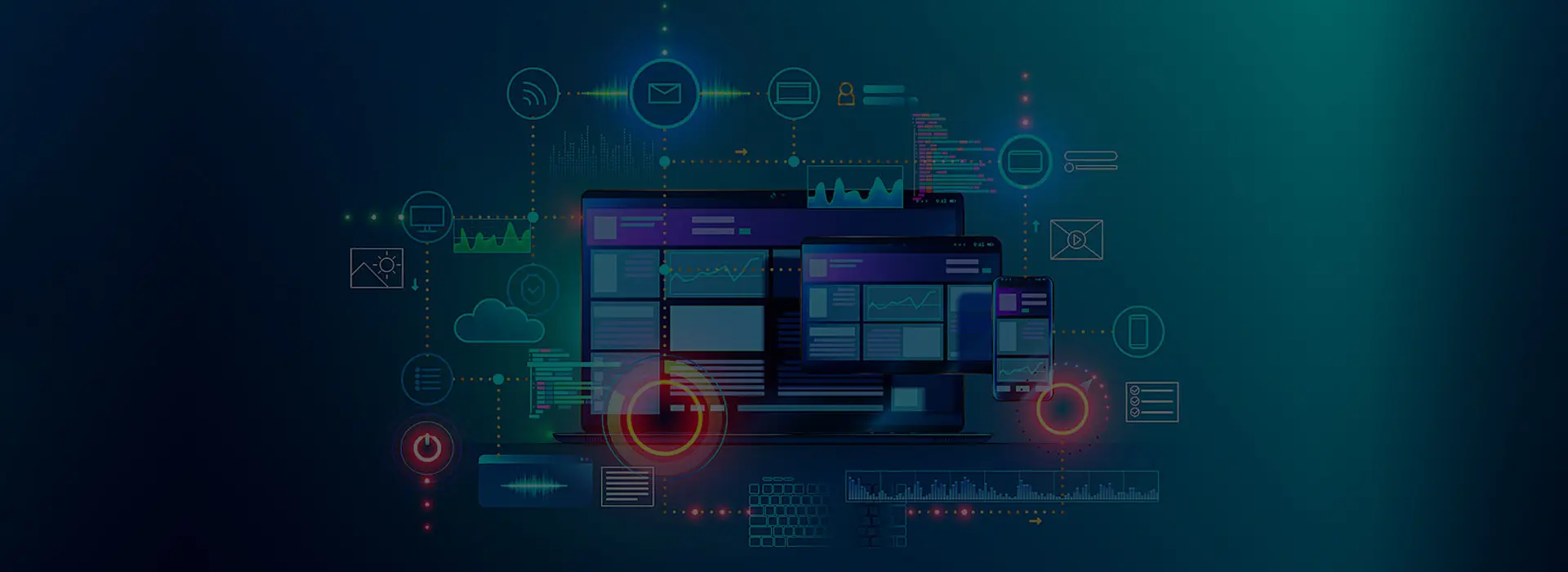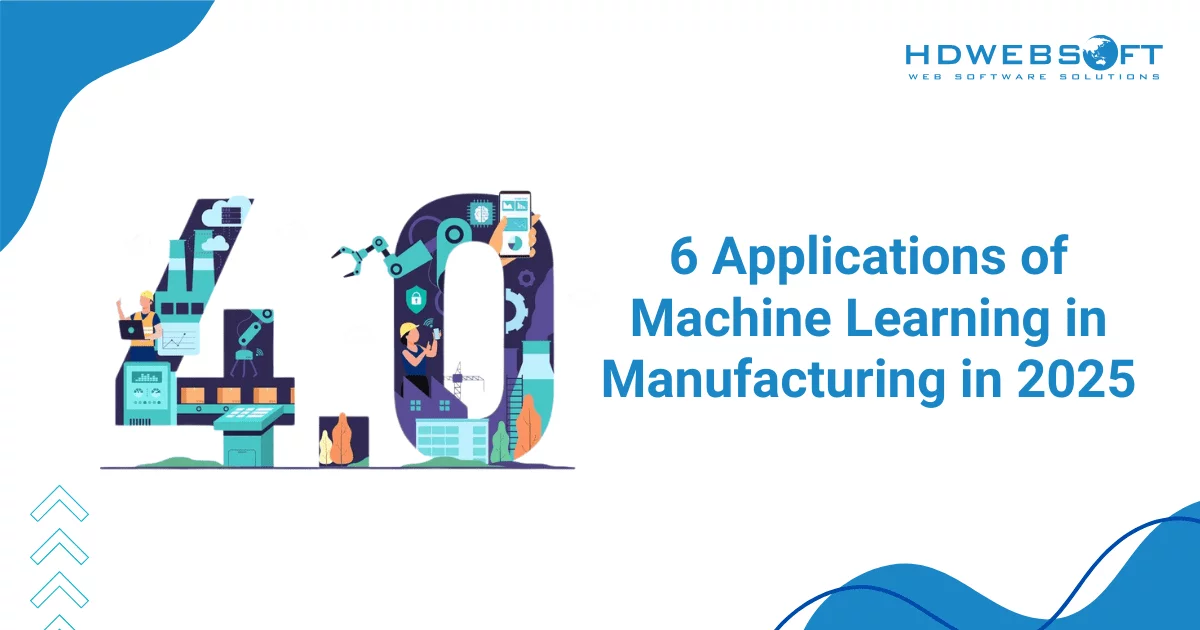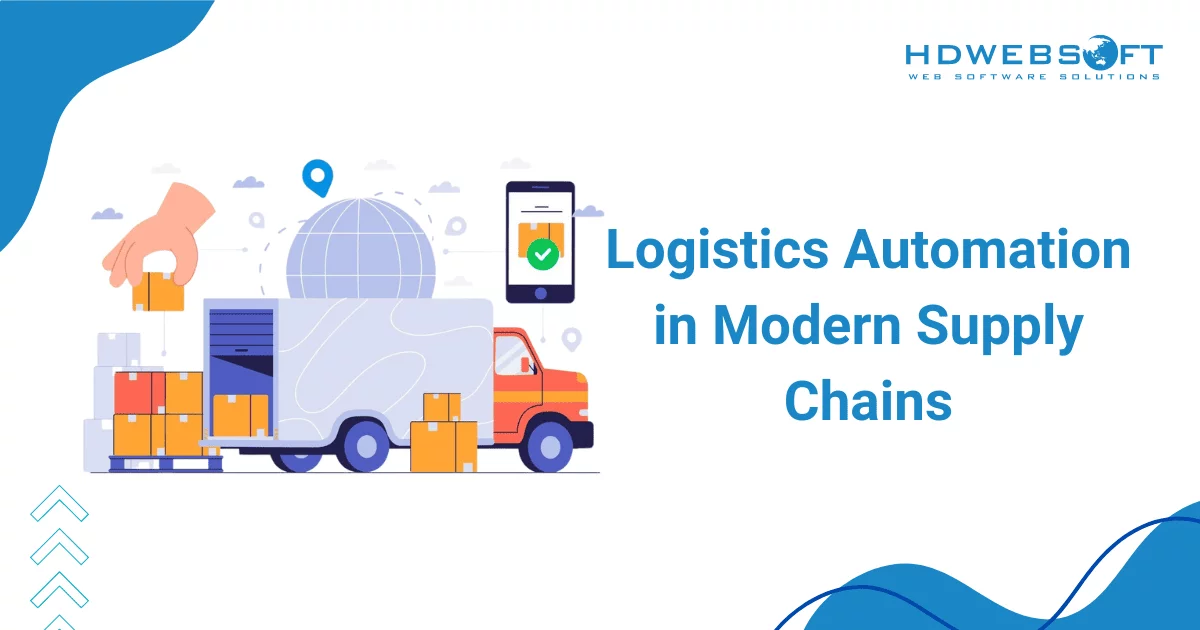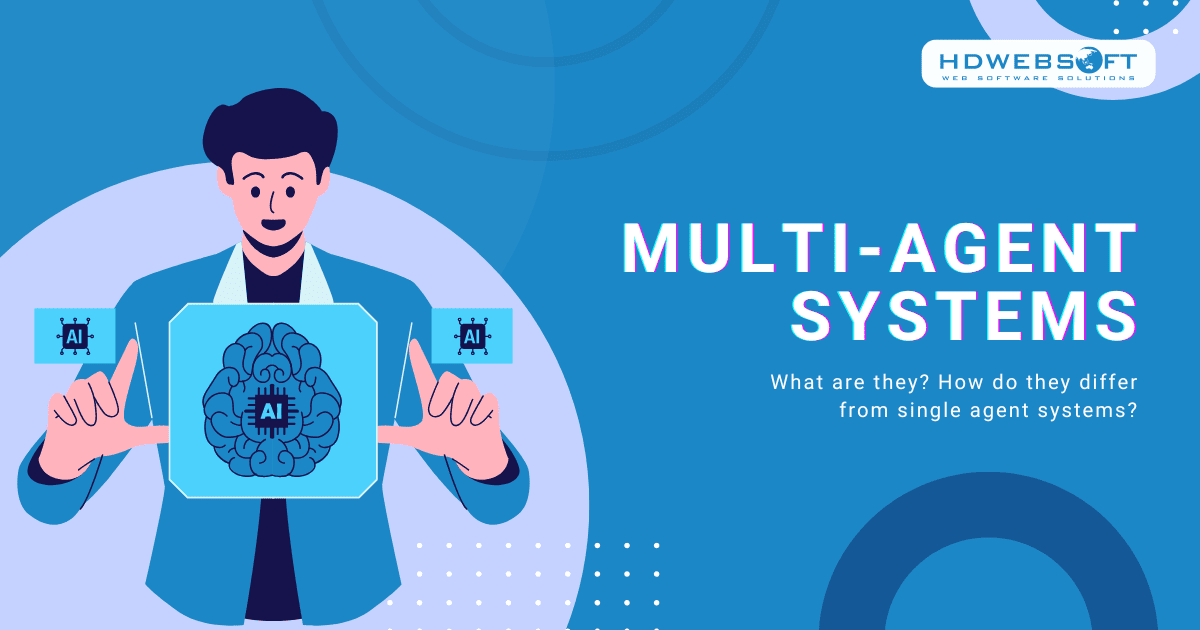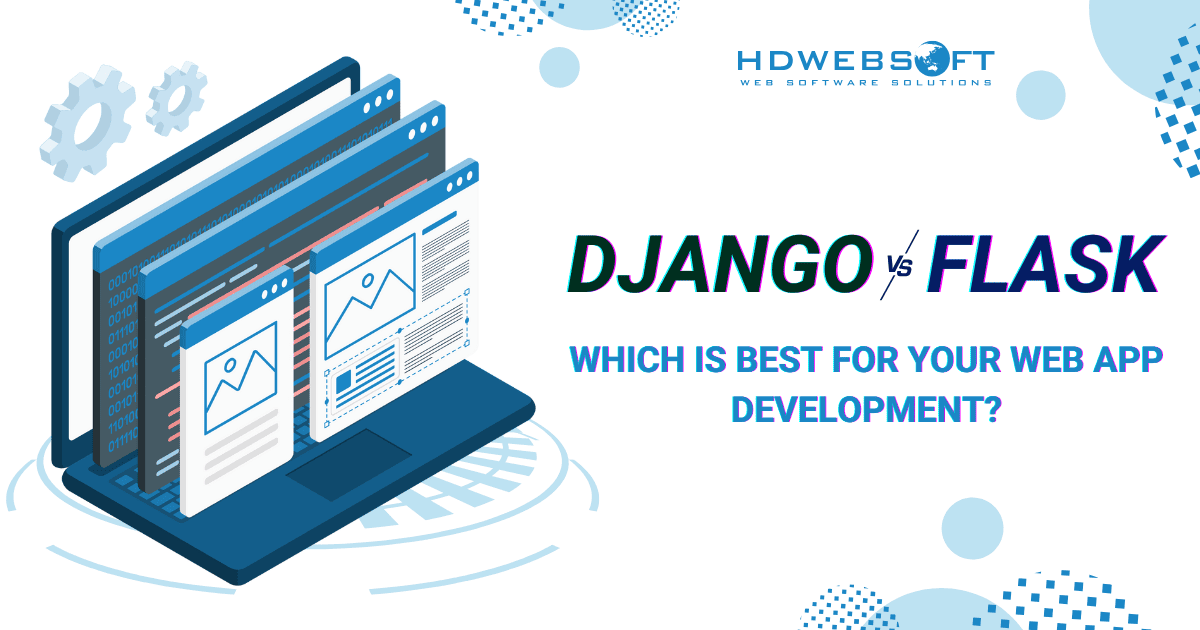
Django or Flask: Which is Best for Your Web App Development?
Choosing between Django or Flask is a crucial decision for any business. This choice profoundly impacts your development process. Selecting the right web framework is paramount, as it ensures your application’s long-term success. Both frameworks are powerful Python tools, and each offers distinct advantages.
This comprehensive guide delves into Django and Flask, providing an overview of their main features. We will compare them head-to-head across several critical factors. Finally, we will help you determine which framework best suits your specific business needs. This includes considerations between Django or Flask for developing a Minimum Viable Product (MVP).
What is Django?
Django is a high-level Python web framework. It encourages rapid development, promotes clean, pragmatic design, and follows the “Don’t Repeat Yourself” (DRY) principle.
Moreover, it includes many built-in features that streamline the development process, so it’s often referred to as a “batteries-included” framework. This means it comes with a comprehensive set of tools that allow developers to build complex web applications more efficiently. By handling many common web development tasks automatically, Django helps save significant development time.
Key features
- Comes with an Object-Relational Mapper (ORM) to simplify database interactions.
- Allows developers to work with Python objects instead of raw SQL.
- Includes a powerful, auto-generated admin panel for backend data management.
- Provides a built-in authentication system for secure user registration and login.
- Features efficient URL routing and robust template rendering.
- Supports multiple database backends like PostgreSQ, MySQL, SQLite, and Oracle.
- Promotes modularity and maintainable project structure for large applications.
- Ensures a consistent layout that enhances team collaboration.
- Comes with integrated security features to guard against SQL injection, Cross-site scripting (XSS), and other common web vulnerabilities
What is Flask?
Flask is a micro web framework for Python known for its lightweight and minimalist design. Unlike “batteries-included” frameworks, Flask provides only the essentials, giving developers more control over their application architecture. Thus, this flexibility allows them to choose specific components such as databases, ORMs, and authentication systems.
The framework also offers the core tools to start, encouraging developers to build their stack from the ground up. It’s an excellent choice for small to medium-sized applications, and its simplicity makes it especially appealing to beginners. Plus, Flask is well-suited for building microservices due to its modular and straightforward nature.
Core features
- Focuses on simplicity and minimalism in web development.
- Includes a built-in development server and debugger.
- Supports Jinja2 templating by default.
- Uses Werkzeug for routing and handling HTTP requests/responses.
- Offers high extensibility through third-party extensions, like SQLAlchemy for ORM, Flask-Login for user authentication, and Flask-RESTful for quick API development
- Allows developers to choose their preferred tools and libraries.
- Enables a highly customized setup tailored to project needs.
- Its minimalist design reduces overhead and speeds up application startup.
- Encourages an explicit coding style, requiring developers to write more code manually.
- Helps developers gain a deeper understanding of application structure.
Django vs Flask: A Head-to-Head Comparison
Deciding between Django or Flask requires a detailed comparison. Each framework excels in different areas. Understanding these distinctions is crucial.
Development Speed
With a strong focus on rapid development, Django’s philosophy streamlines the process by providing many essential components that are out of the box. This greatly reduces setup time, allowing developers to concentrate on implementing business logic. As a result, projects can get off the ground quickly, with scaffolding often automated to accelerate initial creation. For large and complex applications, this approach can significantly shorten time-to-market.
In contrast, Flask gives developers greater control but may slow down the initial setup. Choosing and integrating components like databases, ORMs, or authentication tools takes additional time upfront. However, for smaller projects, the impact is minimal, and once the stack is assembled, development can progress efficiently. Ultimately, this flexibility eliminates unnecessary overhead and can lead to faster performance for lightweight tasks.
Scalability
When deciding between Django or Flask for scalable web development, it’s important to understand how each framework handles growth.
For starters, Django is often chosen for large, high-traffic applications thanks to its structured approach, which helps manage complexity. Its built-in ORM optimizes database queries, and the robust request-response cycle supports high user volumes. Scaling typically involves both vertical and horizontal strategies, such as load balancing and database replication. Consequently, many large companies have scaled successfully with Django.
On the other hand, Flask is also highly scalable. Its lightweight nature makes it a great fit for microservices architectures, where each microservice can be a small, independent app. This modular approach allows for precise scaling of individual components, enhancing overall system scalability. For applications requiring high throughput, Flask can be more efficient due to its minimal overhead. Pinterest, for example, uses Flask for several of its services.
Further reading: How Vue.js Adapts to Microservices.
Security
In the context of Django or Flask for business applications, security is a major concern that must be addressed carefully.
In this regard, Django includes strong security features by default. It provides built-in protections that guard against common vulnerabilities. Additionally, SQL injection is prevented through its ORM, and clickjacking protection is also included. Together, these features significantly reduce security risks and lower the burden on developers. As a result, Django is a very secure choice right out of the box.
In contrast, Flask provides only basic security mechanisms. Instead, it relies more heavily on the developer to implement protections. Often, security is added through extensions; namely, Flask-Security introduces a wide range of features. However, developers must actively configure and maintain these measures. This means more expertise is required, along with careful selection of trusted libraries. While Flask itself is not insecure, it includes fewer built-in safeguards. Consequently, this level of flexibility, while powerful, can also be a double-edged sword.
Community and Ecosystem
When choosing Django or Flask, community support is a major factor.
To start, Django has a large, mature community. Because of its longevity, it offers rich documentation, tutorials, and third-party packages. This means developers can solve problems quickly and reuse proven solutions. Additionally, an active ecosystem and frequent conferences foster ongoing support.
In comparison, Flask’s community is smaller but rapidly growing. Thanks to its simplicity, it appeals to beginners and microservice developers alike. Its documentation is clear, and many extensions cover common needs. Although not as vast as Django’s, Flask’s community is vibrant and helpful.
Learning Curve for Development Teams
As you consider Django or Flask for web applications, the learning curve varies significantly.
From one perspective, Django has a steeper curve. Because of its “batteries-included” approach, developers must learn the ORM, admin panel, and template system early. This can be considered challenging for beginners. Still, once mastered, it speeds up development and enhances team productivity.
Conversely, Flask is easier to pick up. Thanks to its minimalist design, developers focus on just the essentials and add features as needed. This makes it great for prototypes and newcomers. However, as the app grows, integrating and managing components can become complex, sometimes rivaling Django’s overall difficulty.
Adapting to AI and Other Advanced Technology
Integrating AI and advanced technologies is vital today. The choice between Django or Flask impacts this.
Primarily, Flask stands out for its flexibility thanks to a minimalist design. Developers can easily integrate specialized AI libraries such as TensorFlow or PyTorch. Its modularity supports microservices that handle AI workloads independently, making Flask a strong option for AI-driven components.
Meanwhile, Django also supports AI integration with a robust structure that provides a solid foundation. Developers can build AI features on top using libraries like scikit-learn, while its ORM efficiently manages large datasets for ML. However, integrating some cutting-edge, highly specialized AI tools may require more effort in Django. In such cases, Flask’s unopinionated nature offers an edge by allowing more specific library choices.
Ultimately, both frameworks can adapt, but Flask might provide more straightforward integration for niche AI stacks.
Which One Should You Choose: Django or Flask?
The choice between Django or Flask hinges on your specific project needs. There is no universally “better” framework. It depends on your business objectives.
Choose Django when
- You need a comprehensive solution. It’s perfect for large, complex applications. Think e-commerce platforms or content management systems.
- Rapid development is crucial. Its built-in features accelerate time-to-market. You want to launch quickly.
- Security is paramount. Django offers robust, built-in security features. It handles common vulnerabilities automatically.
- Your team prefers convention over configuration. Django provides a structured approach. It simplifies collaboration on large projects.
- You anticipate significant growth. Django scales well with increasing complexity. It handles large user bases effectively.
- Your web app requires a strong administrative interface. Django’s auto-generated admin panel is a huge time-saver. It manages backend data effortlessly.
When to choose Flask
- You need a lightweight, flexible solution. It’s ideal for smaller applications. Think simple APIs or microservices.
- Customization is a top priority. You want full control over every component. You prefer to handpick libraries.
- Performance for specific tasks is critical. Its minimalist nature can lead to very efficient code. This is great for high-throughput APIs.
- Your team prefers explicit control. Developers like building their own stack. They enjoy configuring every aspect.
- You are building a microservice architecture. Flask is excellent for independent, small services.
- The project has very specific or unique requirements. Flask’s unopinionated design allows for tailored solutions. It avoids unnecessary framework overhead.
Django or Flask for MVP Development
Developing an MVP has unique considerations. The goal is to validate a concept quickly, so it needs to be cost-effective. The choice of the Django or Flask framework impacts both.
Rapid MVP with Django
For an MVP that requires many standard web features from the start, Django can be a strong contender. Its “batteries-included” philosophy accelerates setup by offering built-in tools like authentication, an admin panel, and database integration. Hence, this enables a quick first iteration and reduces the need to build core features from scratch.
If your MVP involves a user system and data management, Django minimizes boilerplate. It allows your team to focus on the core value proposition. As a result, the time-to-market for a feature-rich MVP can be significantly shorter.
Lean MVP with Flask
However, if your MVP is highly focused and simple, such as targeted data visualization, Flask may be a better choice. Its minimalist design lets you build only what’s essential, avoiding the overhead of a larger framework. Therefore, this often results in a lighter and faster application.
What’s more, development can move quickly for MVPs that don’t require traditional features like user accounts or complex backends. Flask’s flexibility makes it ideal for testing niche concepts or building quick prototypes.
Conclusion
The debate between Django or Flask continues, as both are exceptional Python web frameworks; each suited to different needs. Django delivers a comprehensive, opinionated approach, making it ideal for large, feature-rich applications. It emphasizes rapid development, built-in security, and a consistent project structure. On the other hand, Flask offers a lightweight and flexible alternative. It gives developers full control over components and architecture, making it perfect for microservices or highly customized projects.
Looking to build with Django? If you’re seeking reliable Django web app development, reach out to HDWEBSOFT. With extensive experience in delivering scalable and secure Django solutions, our team can help bring your web application to life quickly and efficiently.


